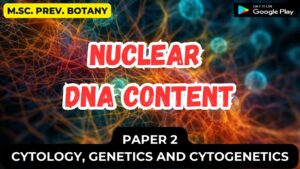![]()
Functions of Mitochondria
- The main function of mitochondria is to perform cellular respiration to produce energy. It carries out oxidation of food using oxygen and produces energy which is used to form or produce ATP (the energy currency of cells) through cellular respiration, a process in which it takes in nutrients from the cell and converts them into energy, which is used by the cell to perform various functions.
- It also converts food or nutrients into molecules such as proteins, carbohydrates, etc.
- It also eliminates wastes from the cells. The mitochondria in liver cells have enzymes that detoxify ammonia.
- It causes cytoplasmic inheritance as the mitochondrial DNA passes from the egg’s cytoplasm to the zygote during the fertilization of egg and sperm.
- It is the site where the citric acid cycle or Krebs cycle occurs.
- It maintains calcium homeostasis or the concentration of calcium ions in the cell. For example, calcium flow in and out of mitochondria which is known as mitochondrial calcium exchange and thus it helps in metabolic regulation and apoptosis (programmed cell death) of old or damaged cells.
- It releases proteins like cytochrome c in response to various types of cell stress such as heat, infection, calcium and nutrient deficiency.
- It also aids in making certain parts of blood and hormones such as estrogen and testosterone.
- It can perform thermogenesis or production of heat through proton leak.
- It helps in the growth and multiplication of cells. For example, when an organ is under stress while performing a specific task, mitochondria can multiply to help the organ.
- It also helps in the synthesis of the heme (iron-containing part) part of hemoglobin and myoglobin.



